Kristanja Çene
Could you tell us about your early artistic journey? What first drew you toward working with multiple mediums like painting, sculpture, and installation?
Since childhood, I have been surrounded by art.
My father, Adrian Çene, is a painter, and painting has always felt like an inseparable part of my life, something that would always be there. After completing four years of studies at the Artistic Lyceum in Tirana, I often felt judged by others who believed my path was easier because of my father. That’s why, when I entered university, I chose to continue my journey in the atelier of conceptual art with Professor Vladimir Myrtezai, a highly respected artist in Albania. It was a conscious decision to step out of my father’s shadow and build my own identity as an artist.
During those five years (which I consider the most beautiful period of my life), I discovered the richness of working with different mediums and materials. This exploration confirmed to me that art is truly my path, and that, regardless of everything, I would shine through my own journey.
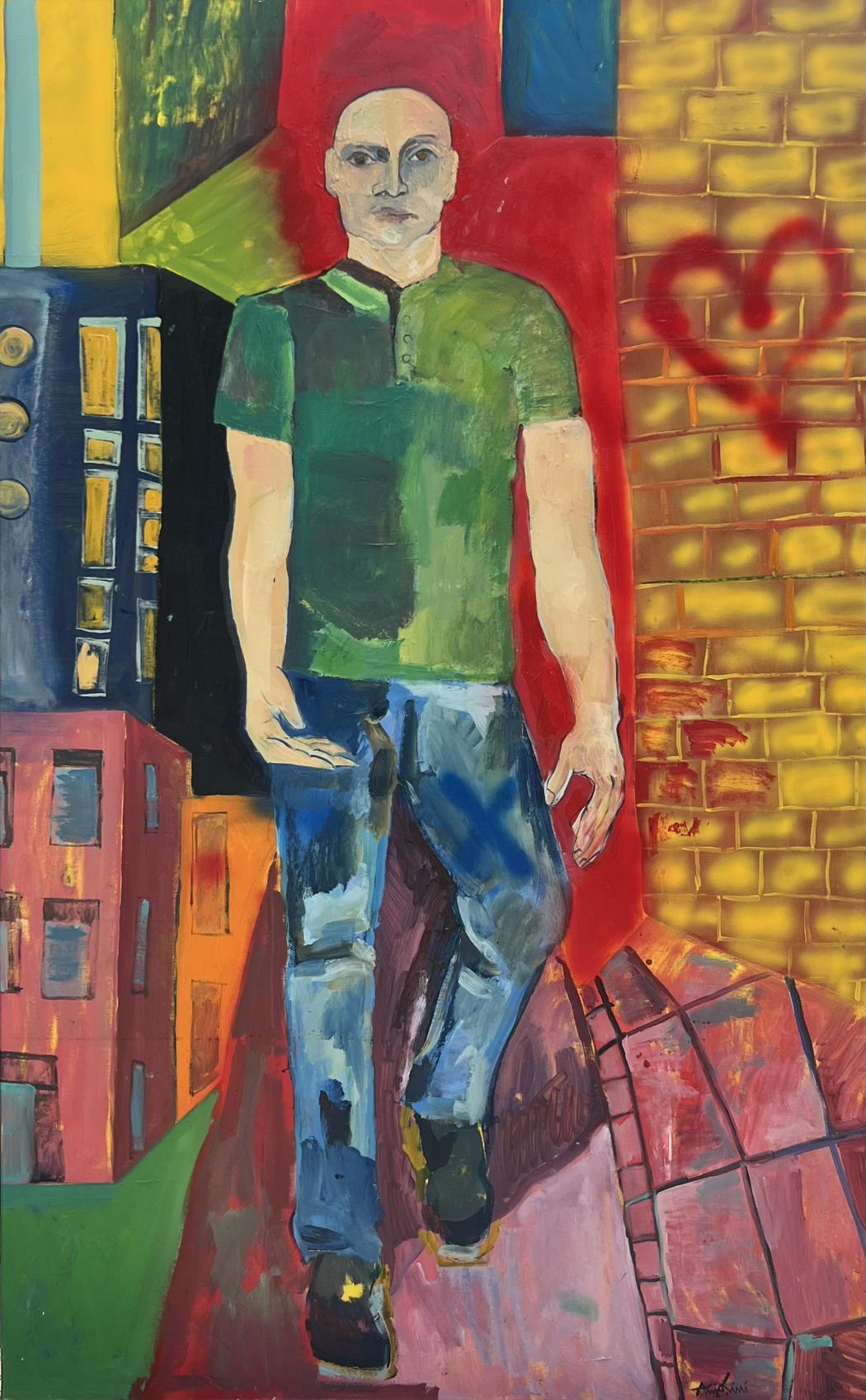 Kristanja Çene | The Man Who Conquered The City | 2021
Kristanja Çene | The Man Who Conquered The City | 2021
How did your studies at the University of Arts in Tirana shape your current conceptual approach?
For many people, the years at the University of Arts in Tirana were seen as a difficult period, but for me they were truly formative. It was the time that allowed me to open my horizons, to understand more deeply what art could be, and to genuinely feel the freedom of creating. University gave me the right space to experiment, to try, to fail, to explore, before stepping out into the art world. That period shaped my conceptual approach, because it taught me to see beyond the traditional boundaries of painting and to embrace new ways of expressing ideas through different mediums.
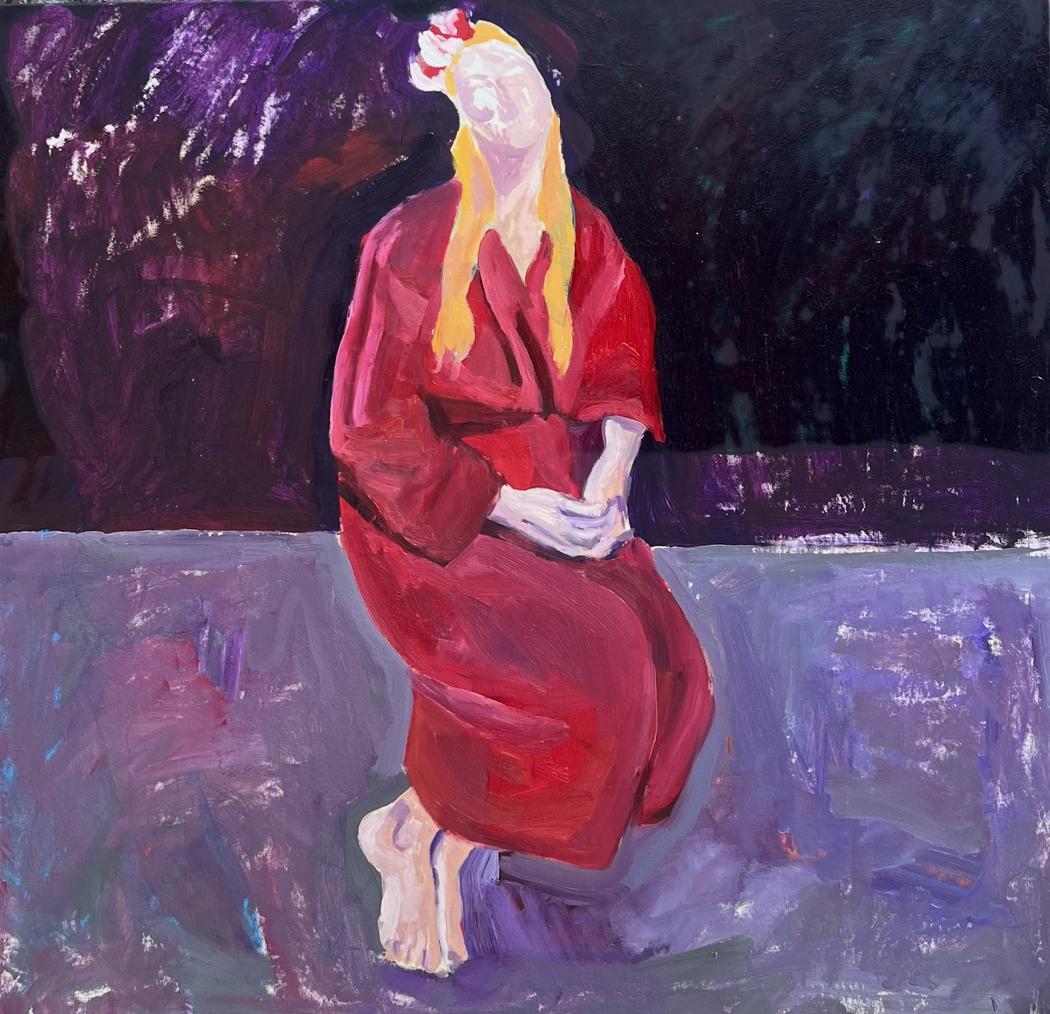 Kristanja Çene | Selfportrait Red | 2025
Kristanja Çene | Selfportrait Red | 2025
Your practice often deals with power structures, justice, and freedom of speech. What personal experiences or observations most strongly fuel these themes?
Both my brother and I studied at the Artistic Lyceum, and we have always felt the need to live as free artists, without prejudice. My brother, even more so, through his personal style, the way he dressed, his hairstyle, and the tattoos he chose to wear.
One night, while driving through our neighborhood, we were suddenly followed by several police patrols who assumed we might be drug dealers, judging us purely by our appearance. They stopped us and carried out a one-hour search in the middle of the street, without any explanation, treating us like criminals. None of the officers had identification numbers visible, except for one. His number 26937, stayed with me, and it later became part of a painting, because he was the only face I remembered from that night.
After the search ended, I felt devastated and powerless to seek justice. I remember going back to my studio in tears, and I decided to “kill them” through my work, the only act of revenge I could take against the humiliation and fear they caused us in front of everyone. That’s how I created the piece Fuck the Police, because that night I experienced the police not as protectors, but as part of the crime itself.
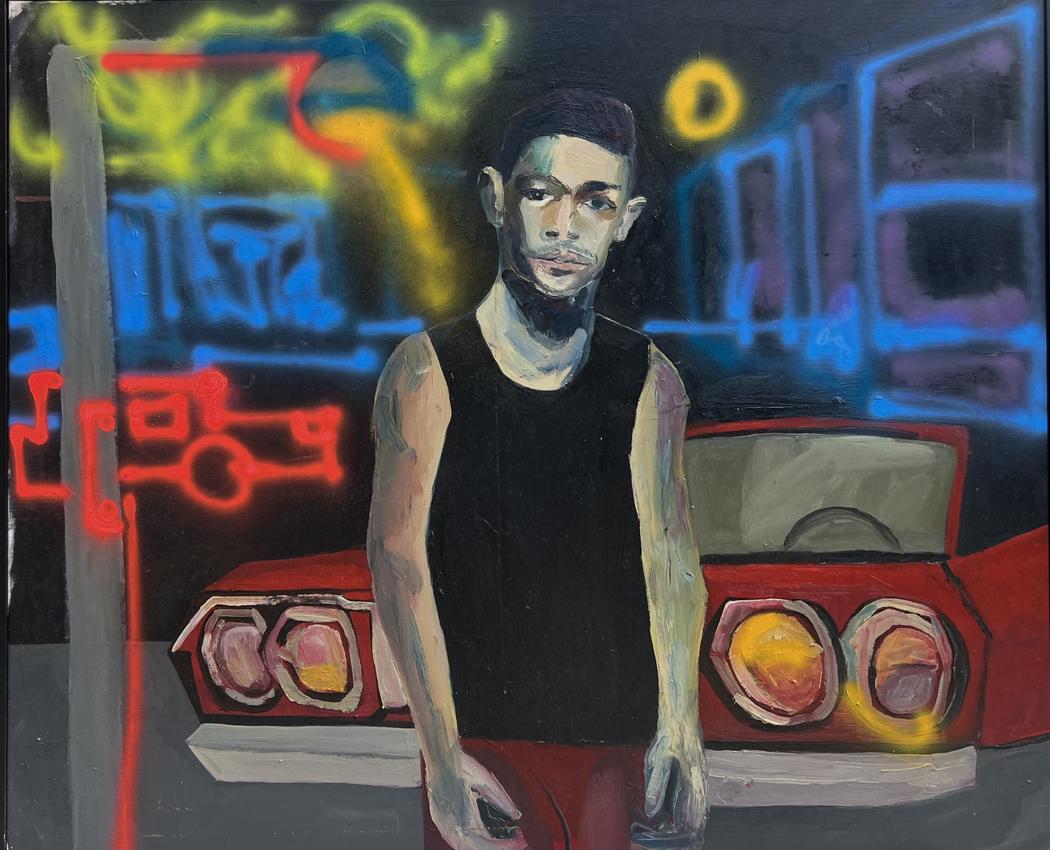 Kristanja Çene | No Justice | 2023
Kristanja Çene | No Justice | 2023
You mention a fascination with metals, industrial scraps, and welded structures. What attracts you to these materials, and how do they influence the final form of your works?
I’ve always had a strong desire to work with welding, to the point where I even enrolled in a professional welding school. The motivation came from my diploma project at the University of Arts, where I wanted to create a life-sized tank, a challenge both to myself and to all the men who believed they could do more simply because they were men. When I entered welding school, I discovered I was the only woman there, and I later learned that, over the years, there had only been one or two others.
I’ve always seen myself as a strong woman, unafraid of challenges, and I perceived metal as a material that could truly test me, but at the same time allow me to create powerful, solid works. Industrial scraps, welded structures, and metals carry a kind of rawness and permanence that deeply influence the final form of my work. They embody both strength and resistance, while also holding space for transformation.
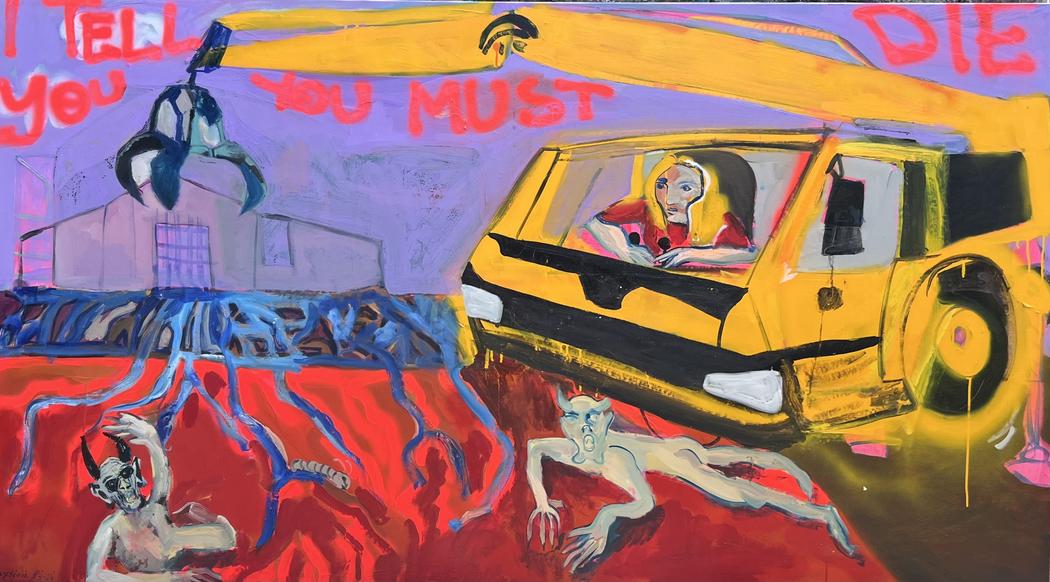 Kristanja Çene | I Tell You, You Must Die | 2023
Kristanja Çene | I Tell You, You Must Die | 2023
How do you balance the figurative and abstract elements in your compositions?
For me, the form or style itself is not what matters most. What’s important is to create in the moment I feel it is necessary, and to express my emotions honestly. Sometimes that takes the shape of figuration, other times it moves into abstraction, but in both cases, the essence is the same: to give shape to what I feel in the most authentic way possible.
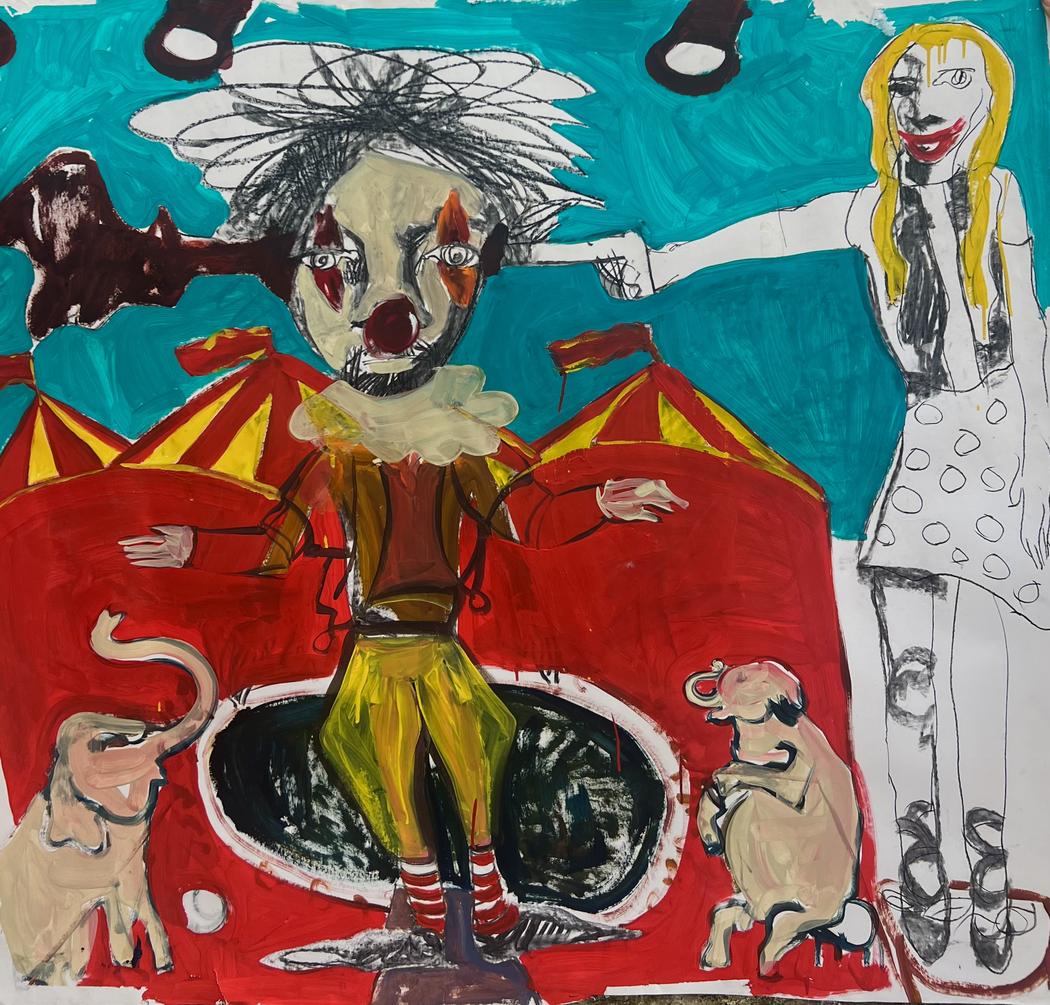 Kristanja Çene | Grotesque | 2024
Kristanja Çene | Grotesque | 2024
Several of your pieces incorporate theatrical or surreal imagery. What role do symbolism and narrative play in your art?
Symbolism and narrative in my paintings emerge only when I can’t fully express something with words, or when I feel powerless to act. Everything I imagine, I bring onto the canvas and transform it into my own world of wonders, a place where I can do anything I want. It’s like entering a dream, but this time everything is in my hands, and I become the queen of my own desires.
You co-founded Satellite Zone to support emerging artists. How does your curatorial work feed back into your own artistic practice?
I believe Satellite Zone is one of the best initiatives I’ve ever undertaken, not only for myself but also for young artists in Albania. The art market here is saturated, compromised, unfair, and lacking imagination. That’s why we wanted to take a more European approach, by exhibiting abroad and learning more about European curatorial practices.
For me personally, this has been incredibly valuable. Through Satellite Zone I’ve had the chance to exhibit in countries such as Germany, Austria, and Sweden. Being part of a collective makes things more achievable and the support system stronger. It has also allowed me to gain new experiences, to see what contemporary art looks like today, to understand how the art market actually functions internationally, and ultimately to open my mind even further and push myself to think on a larger scale.

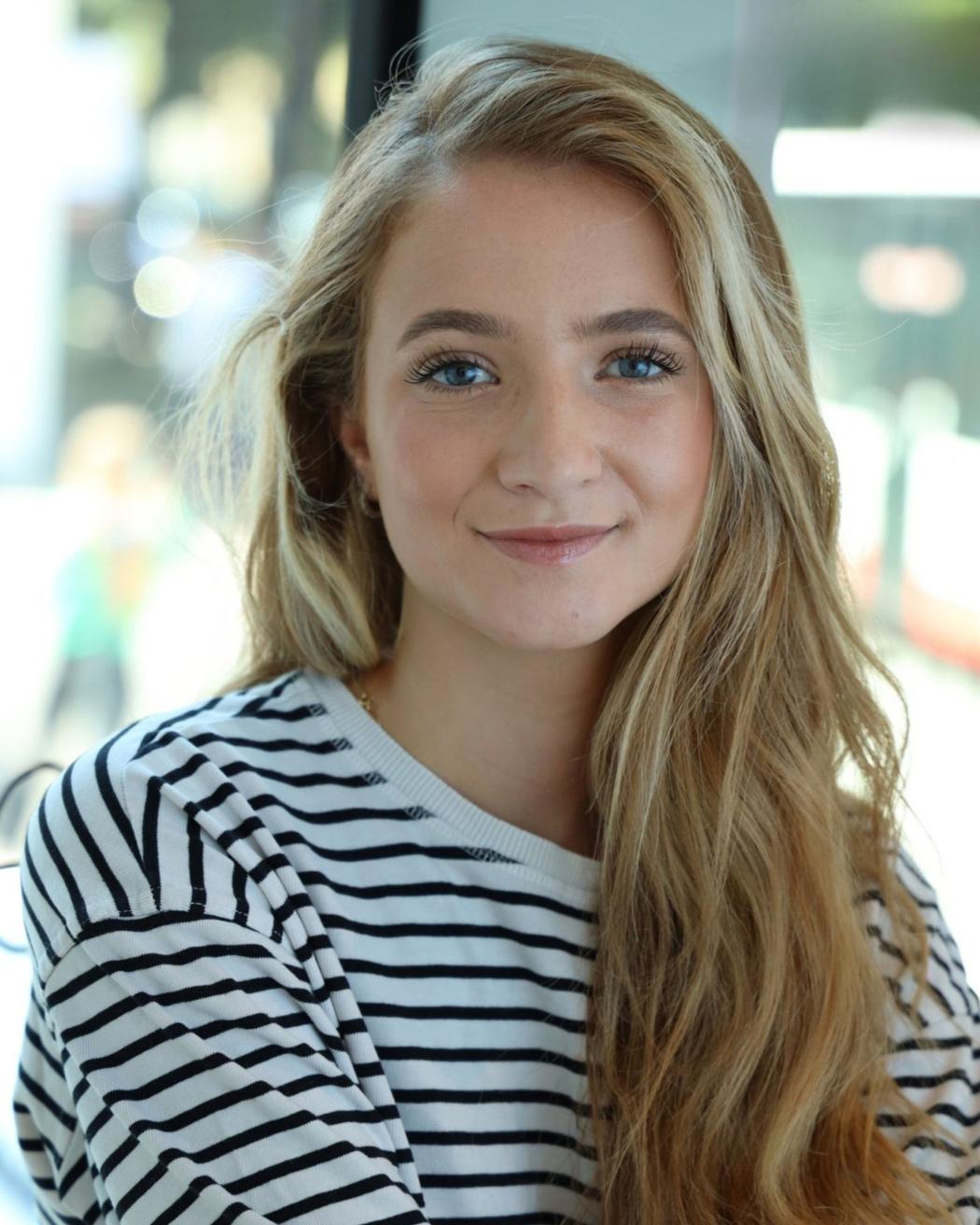
Leave a Reply